Southridge First School
Hello Southridge! Over the next few years we hope we’ll see you often. We’ll bring you the most fascinating, surprising, and ridiculous things we can think of, and together we’ll explore the world around us. We’ll look at how things work, how they behave, and how you can build things that behave as you want them to.
We also hope you’ll visit us at our base, Think Lab in Northumbria University, where we can go even further in thinking like scientists and engineers.
Below, you’ll find a summary of the things we’ve done with you so far. Click around – you might just spot yourself in one of our galleries.
You:
Us:
15th June: Bubbles
We’ve been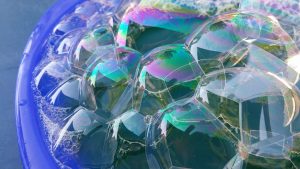 in today blowing soap bubbles of all sizes with reception. All sizes, but not all shapes – and maybe you can describe why that’s the case?
in today blowing soap bubbles of all sizes with reception. All sizes, but not all shapes – and maybe you can describe why that’s the case?
See the NUSTEM Bubbles page for more things to do and explore.
12 January: The Naval Architect (with goats)
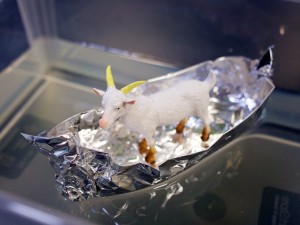 What a busy afternoon Southridge’s Year 1 classes have had. We’ve been exploring floating and sinking with a little help from the youngest Billy Goats Gruff. We’ve designed, tested, taken measurements and redesigned to ensure that the goat made it safely across the river.
What a busy afternoon Southridge’s Year 1 classes have had. We’ve been exploring floating and sinking with a little help from the youngest Billy Goats Gruff. We’ve designed, tested, taken measurements and redesigned to ensure that the goat made it safely across the river.
Now you’re back home, follow these steps for more floating and sinking fun:
- Go into the kitchen and find some aluminium (tin) foil.
- Build another boat and make it float in the sink.
- Test out your boat by adding 1p coins to it – home many will it take before it sinks??
- Try out a different boat design, change the shape of your foil and test it out again. Is it better or worse than your first design?
To find out exactly what we did in the session click here.
6 January: The Volcanologist
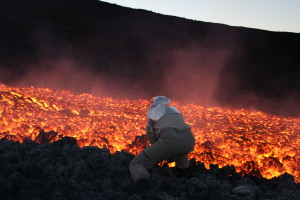
Sarah, Kate and Itoro have been working with Y3 at Southridge exploring the incredible world of volcanoes. To find out more about what they got up to click here.
29 February: The Botanist
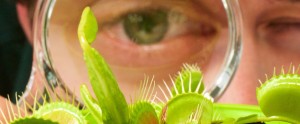 Today I’ve been busy at Southridge First School.
Today I’ve been busy at Southridge First School.
This afternoon Year 2 became brilliant botanists and you can find out all about it by clicking here.
We’ll be back at Southridge soon!
24 February: Naval Architecture (with goats)
 What a busy morning Southridge’s Year 1 classes have had. We’ve been exploring floating and sinking with a little help from the youngest Billy Goats Gruff.
What a busy morning Southridge’s Year 1 classes have had. We’ve been exploring floating and sinking with a little help from the youngest Billy Goats Gruff.
We’ve designed, tested, taken measurements and redesigned to ensure that the goat made it safely across the river.
You can find out just what we did here.
29th June: Explore Your Universe
 Today we’ve been exploring the universe at Southridge First school. The Year 4s have taken a journey from atoms to astrophysics from the comfort of their school hall.
Today we’ve been exploring the universe at Southridge First school. The Year 4s have taken a journey from atoms to astrophysics from the comfort of their school hall.
Find out more about Explore Your Universe.
Solar Eclipse Assembly 20 March
On the morning of Friday the 20th of March, something quite rare happened: a solar eclipse. Eclipses are events which only happen when the Moon is directly between the Earth and the Sun, partially blocking the light of the Sun. During this eclipse, it was quite overcast. However, but as the children and I talked about the event, and what else we can witness in the skies above us, we kept an eye on the sky outside through the windows in the hall. During the eclipse, even though it was cloudy, the hall got much darker and then lighter as the shadow of the Moon moved across North Tyneside.
During the assembly I told the children that the next really clear partial solar eclipse would not be until August 2026, 11 years from now. The children told me how old they would be and what they might be doing: studying for A levels, an apprenticeship, going to university, travelling the world chasing Auroras, and perhaps working towards a career in space!
In the UK, 95,000 people are employed full time in the space sector and the sector is set to treble in size by 2030… about the time when your child will be looking for jobs. In the North East of England we have a number of businesses connected to the space sector and, in particular, the satellite industry.
Some of the cool jobs we explored included becoming a:
- Astrobiologist – scientist who investigates and searches for signs of new life and if life could be sustained on other planets
- Aerospace engineer – designing, making and testing aircraft and spacecraft
- Astrophysicist – scientists who investigate the stars, the Sun, the Moon, galaxies and how the Earth may have been formed by recreating the Big Bang.
- Satellite Engineers – designing, making, testing satellites
- Programmers – designing and writing software for spacecraft, satellites, mission control and even the Mars Curiosity rover!
This is a very small selection of space careers, but they are real, future possibilities. Studying subjects such as science, maths or computing, will allow your child to work towards careers in these areas. I’ll be returning to Southridge over the next year to look at other career options with the children.
If children, from a young age, know the types of careers that they can have, they may find their dream job. That might even inspire them to work harder through school.
Inspire them further:
We have a natural fascination with Space and its easy for us to see from our windows, or by standing outside. Why not develop your child’s interest in Space further?
- Go out and look for constellations. This BBC guide will help you get started,
- Borrow books about space from the library and talk about the topics with your child,
- purchase a Star Map app such as: SkyView, Star Chart or the Night Sky
- Use binoculars or a telescope to view the night sky (could be a great birthday present).
You may also consider a road trip to Kielder Observatory. This is situated in Kielder Forest and is home to some of the darkest skies in Europe. On their website you can find out how to take part in camp-outs, look for Auroras and observe the stars at the observatory.
Think Physics would love to hear about your Space explorations. You can tell us about the books you read, the places you visit in the comments below, or by emailing: think.physics@northumbria.ac.uk
Feb 24th: Volcano!
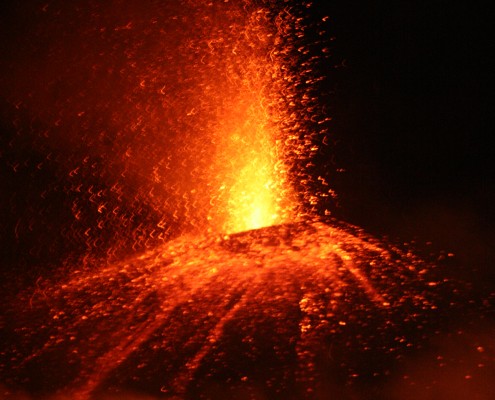 Joe and Sarah have been in today investigating volcanoes with Year 3.
Joe and Sarah have been in today investigating volcanoes with Year 3.
You’ll have dribbled honey down slopes and – let’s admit it – left some of that honey on our samples of volcanic rocks with your sticky fingers. So tomorrow, Sarah will be washing rocks in the Think Lab sink. Not to worry.
For a reminder of what you studied, and some activities to continue your exploring at home, see our Volcano Workshop page.
16th January 2015: Giraffe on a Raft!
On 16th January, Mrs Aitken’s and Miss Andersen’s Year 1 classes met Joe and Emma… and a raft full of giraffes.
You balanced, you tested, you floated. You probably did quite a lot of sinking too. You made predictions, and you made a mess. OK, I’m guessing you made a mess – I’m writing this at Think Lab so I don’t actually know, but Joe made quite a mess trying the activity out yesterday, so I think it’s a fair guess you did too.
Click the picture of brave Gemma testing the rafts for a reminder, and some thoughts about how what you did today connects to what professional scientists and engineers are doing every day.
Link to Giraffe on a Raft activity.
Joe will be back at Southridge in March with meteorites and a planetarium. See you then!

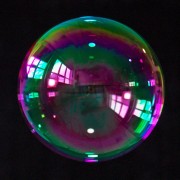
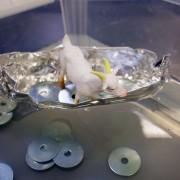

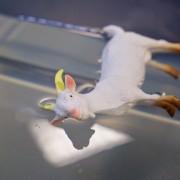
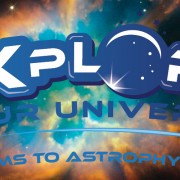
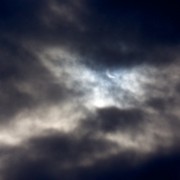
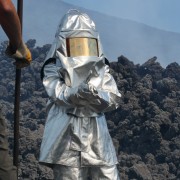
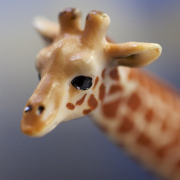
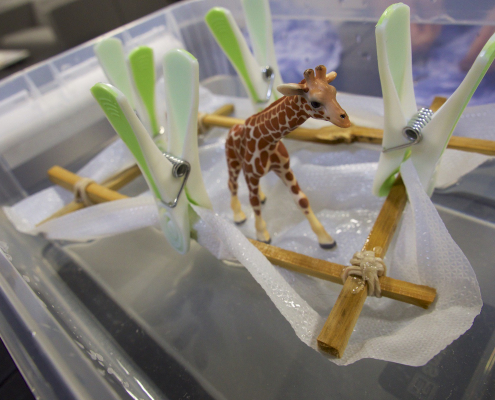

Leave a Reply
Want to join the discussion?Feel free to contribute!